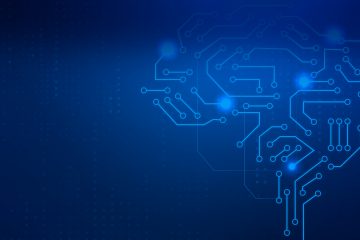Advanced robotic systems are finally becoming a reality; following the increased attention that robotics have attracted during the last few decades, new types of robotic applications are launched, from robotic space vessels and fully autonomous cars to robotic dancers and robot companions. Even more, following the advancements in the Internet of Things (IoT) domain, robots can now participate in more complex systems, namely Cyber-physical systems (CPS). In such systems, robots, software, sensors and/or “things” cooperate seamlessly in order to exhibit the desired outcome. However, the high heterogeneity of the components comprising CPS systems requires expertise in various scientific domains, a fact that makes development of CPS applications a resource- and time-consuming process. In order to alleviate this pain, model-driven (or model-based) approaches have been introduced. They employ a low code software engineering approach and hide the domain-specific knowledge needed, by providing an abstract representation that can be more easily understood. Following the low-code paradigm, current work focuses on the development of Domain-specific Languages (DSL) for ROS2 (Robot Operating System 2) systems in order to hide low-level middleware-specific setup and configuration details and enable access to robot development by non ROS experts. Furthermore, in order to enable the integration of ROS2 robots in CPS, a second DSL was developed. The first language, GeneROS, is used for the development and configuration of the core functionalities of the robot (such as hardware drivers and algorithms), while the second language, ROSbridge-DSL, implements the interfaces for connecting robots to the Edge and the Cloud, enabling this way remote monitoring and control in the context of IoT and CPS.
Check out more at https://link.springer.com/article/10.1007/s10846-023-01861-y


